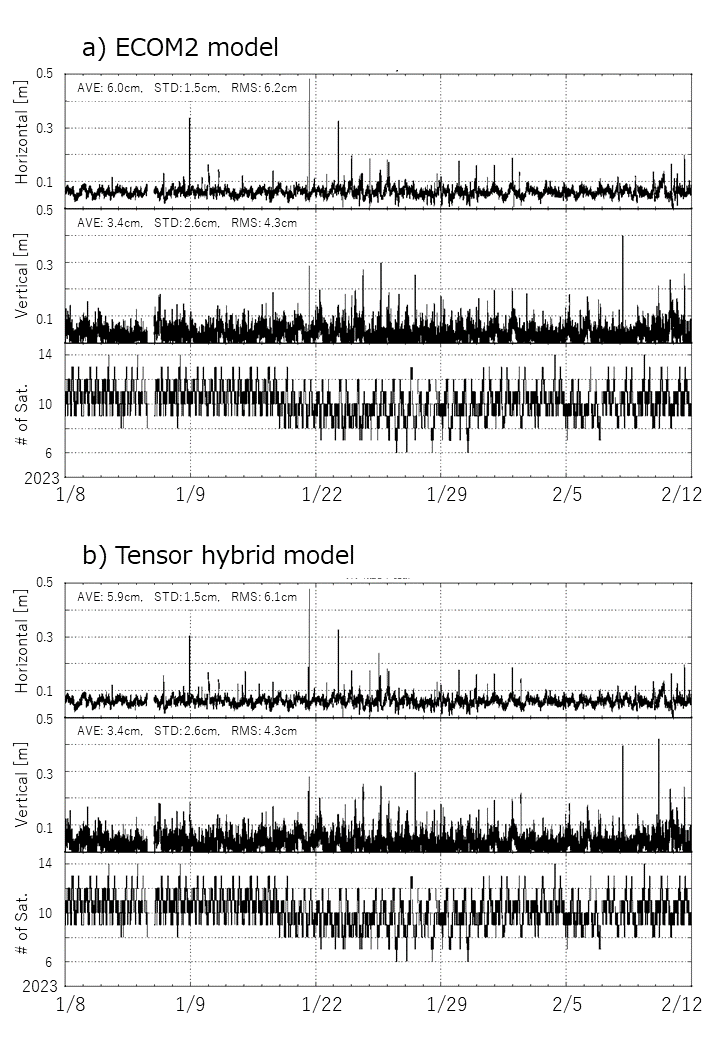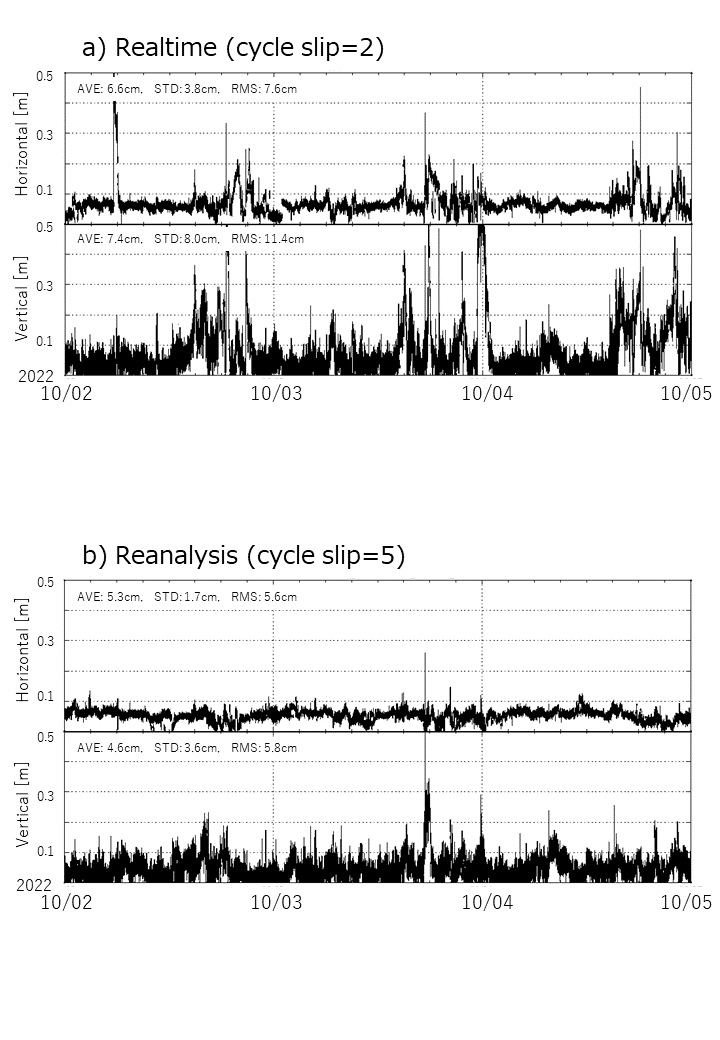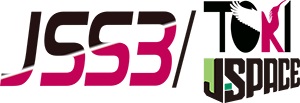Precise Orbit Determination by using MADOCA on JSS3
JAXA Supercomputer System Annual Report February 2022-January 2023
Report Number: R22ER0800
Subject Category: Space Technology
- Responsible Representative: Satoshi Kogure, Space Technology Directrate I, Satellite Navigation Unit
- Contact Information: TAKIGUCHI Hiroshi(takiguchi.hiroshi@jaxa.jp)
- Members: Sho Miyoshi, Tatsuya Nagano, Masato Okeya, Hiroshi Takiguchi, Makoto Watanabe
Abstract
Satellite Navigation Unit has been generating the precise orbit and clock products of GNSS satellites by using MADOCA (Multi-GNSS Advanced Demonstration tool for Orbit and Clock Analysis), and been providing to user via network routinely. On the JSS3, we aim to realize fast computation for the long-term data analysis and simulation.
Reference URL
Please refer to ‘MADOCA Products‘.
Reasons and benefits of using JAXA Supercomputer System
To improve the MADOCA products accuracy, we need to do long-term data analysis. By using JSS3, we have been expecting the reduction of the data analysis time.
Achievements of the Year
In this fiscal year, we used JSS3 for the following research and development:
1) Backup analysis for MADOCA routine analysis
2) Implementation of simulated analysis function using new observable for MADOCA
2-1) Generation of simulated observation data
2-2) Precise orbit determination simulation using simulated observation data
3) Positioning analysis using MADOCA products
3-1) Evaluation of Precise Point Positioning (PPP) accuracy
3-2) Reanalysis of PPP routine analysis results
3-3) Evaluation of PPP accuracy using MADOCA products which generated using different Solar Radiation Pressure models (SRP model) (Fig.1)
3-4) Investigation of PPP accuracy degradation events (Fig.2)
4) Fitting processing of MADOCA’s predict product to Legacy Navigation (LNAV) and Civil Navigation (CNAV) ephemeris formats

Fig.1: The PPP results analyzed by using MADOCA products which generated using different SRP models, a) ECOM2 model and b) Tensor hybrid model (upper: Horizontal displacement [m], middle: Vertical displacement [m], lower: Number of satellites used in PPP analysis). This figure shows that PPP results which analyzed by using the products which generated using new SRP model (Tensor hybrid model) are almost same level as routine analysis results. We used JSS3 to improvement of Tensor hybrid model.

Fig.2: The PPP results of a) real-time analysis and b) reanalysis (upper: Horizontal displacement [m], lower: Vertical displacement [m]). There were some unexpected variations in a). In b), these unexpected variations disappeared by adjusting the analysis conditions and re-analyzing. We used JSS3 for this adjustment trial and error.
Publications
N/A
Usage of JSS
Computational Information
- Process Parallelization Methods: N/A
- Thread Parallelization Methods: OpenMP
- Number of Processes: 1
- Elapsed Time per Case: 30 Minute(s)
JSS3 Resources Used
Fraction of Usage in Total Resources*1(%): 0.03
Details
Please refer to System Configuration of JSS3 for the system configuration and major specifications of JSS3.
| System Name | CPU Resources Used(Core x Hours) | Fraction of Usage*2(%) |
|---|---|---|
| TOKI-SORA | 0.00 | 0.00 |
| TOKI-ST | 6727.26 | 0.01 |
| TOKI-GP | 0.00 | 0.00 |
| TOKI-XM | 0.00 | 0.00 |
| TOKI-LM | 0.00 | 0.00 |
| TOKI-TST | 222765.95 | 5.87 |
| TOKI-TGP | 0.00 | 0.00 |
| TOKI-TLM | 0.04 | 0.00 |
| File System Name | Storage Assigned(GiB) | Fraction of Usage*2(%) |
|---|---|---|
| /home | 1159.00 | 1.05 |
| /data and /data2 | 28510.00 | 0.22 |
| /ssd | 400.00 | 0.06 |
| Archiver Name | Storage Used(TiB) | Fraction of Usage*2(%) |
|---|---|---|
| J-SPACE | 0.00 | 0.00 |
*1: Fraction of Usage in Total Resources: Weighted average of three resource types (Computing, File System, and Archiver).
*2: Fraction of Usage:Percentage of usage relative to each resource used in one year.
ISV Software Licenses Used
| ISV Software Licenses Used(Hours) | Fraction of Usage*2(%) | |
|---|---|---|
| ISV Software Licenses(Total) | 0.00 | 0.00 |
*2: Fraction of Usage:Percentage of usage relative to each resource used in one year.
JAXA Supercomputer System Annual Report February 2022-January 2023


